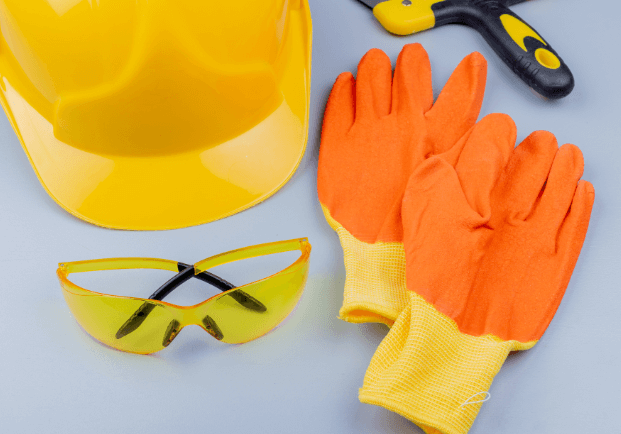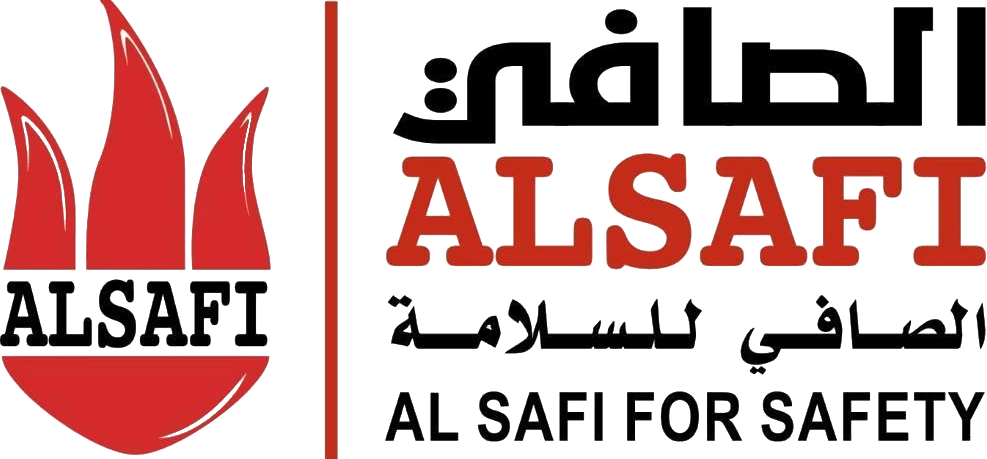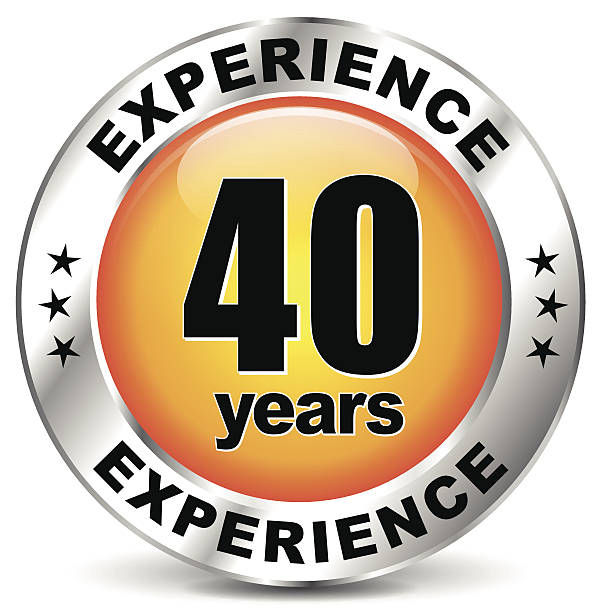Saudi and GCC Code Safety Equipment

Safety equipment is fundamental in construction and industry to protect workers and property. In Saudi Arabia and the Gulf, safety standards follow codes set by regulatory bodies to ensure a safe and healthy work environment. Saudi and Gulf safety equipment requirements are based on international standards and are adapted to local conditions to achieve the highest levels of safety.
Saudi & Gulf Code Safety Equipment:
-
Protective Helmets:
- Standards: Must comply with standards such as ANSI Z89.1 and EN 397.
- Use: Protects the head from impacts and falling objects on construction and industrial sites.
-
Safety Glasses/Goggles:
- Standards: Follows standards such as ANSI Z87.1 and EN 166.
- Use: Protects the eyes from debris, dust, and harmful chemicals.
-
Masks & Respirators:
- Standards: Based on standards such as NIOSH and EN 149.
- Use: Protects the respiratory system from toxic gases, vapors, and dust in poorly ventilated areas.
-
Protective Gloves:
- Standards: Follows standards such as EN 388 and EN 374.
- Use: Protects hands from injuries, chemicals, and high heat.
-
Safety Footwear:
- Standards: Complies with ASTM F2413 and EN ISO 20345.
- Use: Protects feet from sharp objects, heavy loads, and chemicals.
-
Protective Clothing:
- Standards: Includes standards such as EN 471 and EN ISO 11612.
- Use: Jackets and protective suits that shield against environmental hazards like heat and chemicals.
-
Safety Barriers & Signage:
- Standards: Follows OSHA 1910 and EN ISO 7010.
- Use: Identifies hazardous areas and guides workers and pedestrians to avoid risks.
-
Fall Protection Systems:
- Standards: Complies with ANSI Z359 and EN 361.
- Use: Includes ropes, harnesses, and nets to prevent falls from heights.
-
Emergency & First Aid Equipment:
- Standards: Based on OSHA 1910.151 and EN ISO 7010.
- Use: Includes first-aid kits, fire extinguishers, and fire alarm devices.
Best Practices for Code Compliance:
-
Continuous Training:
- Awareness: Provide regular training courses on safety standards and equipment.
- Certification: Ensure all workers hold required certifications to properly use safety equipment.
-
Periodic Inspection:
- Audits: Conduct routine site inspections to verify code compliance.
- Maintenance: Ensure all safety tools and equipment are regularly maintained.
-
Documentation & Reporting:
- Records: Keep accurate records of all safety procedures and periodic inspections.
- Reporting: Provide a system to report incidents and potential hazards for immediate action.
Adhering to Saudi and Gulf code safety standards and equipment is critical to protect workers and property. Through the correct use of safety tools, continuous training, and periodic inspection, organizations can provide a safe, efficient work environment that complies with the highest approved safety standards.
How can I access the Saudi Code?
Follow these simple steps:
- Register on the Saudi Building Code website to access the code.
- Activate your account via email or through your organization’s membership admin.
- Log in from the Building Code menu, then open the electronic version of the code.
Importance of the Saudi Fire Protection Code
Key points:
- The Saudi Fire Protection Code is a primary reference for all stakeholders involved in building and design—commercial, residential, and industrial.
- It defines core requirements for designing and implementing fire prevention systems, significantly improving safety levels.
- It sets standards to enhance safety and protect public and private lives and property.
- The code covers all fire-protection aspects: selecting fire-resistant materials, electrical system design, specifications and locations of fire-fighting equipment, as well as training and awareness procedures for relevant personnel.
Contents of the Saudi Fire Protection Code
The code includes standards and rules covering many aspects of fire prevention, including:
-
Early Warning & Suppression Systems:
Defines requirements for installing and designing early fire detection systems, including heat and smoke detectors and visual/audible signaling.
Sets standards for automatic suppression systems such as chemical extinguishing systems, water-based systems, and sprinklers, plus maintenance requirements.
-
Building Design & Materials:
Specifies technical requirements for construction materials regarding fire resistance—e.g., walls, insulation types, and roofing.
Sets compartmentation standards to limit fire spread, such as using fire-rated doors and fire-resistive walls.
-
Occupant Load, Building Classification & Ventilation:
The code specifies occupant loads by building type and use, ensuring sufficient escape routes and exits for safe, rapid evacuation.
Buildings are classified by nature and use to define tailored protection requirements for each category.
It also sets design criteria for ventilation systems to prevent accumulation of toxic gases and smoke, improving visibility and reducing danger to occupants.
Requirements ensure clean air flow and proper pressure in exits and corridors, enhancing evacuation efficiency and reducing potential harm.
-
Planning & Egress:
Establishes standards for emergency exit design and routes to ensure quick, easy evacuation during emergencies.
Specifies signage and markings to guide people to emergency exits and safe assembly points.
-
Electrical Systems & Lighting:
Sets rules for electrical system routing and design to avoid hazards like short circuits and wiring-related fires.
Defines emergency lighting requirements to ensure adequate visibility during emergencies.
-
Training & Awareness:
Specifies training requirements for staff on fire response and proper evacuation.
Establishes awareness programs to promote a fire-safety culture among communities and individuals.
-
Inspection & Maintenance:
Sets standards for periodic inspection and maintenance of fire-protection systems to ensure readiness and continued effectiveness.
Defines responsibilities and schedules for inspections and maintenance of fire-related equipment and systems.
-
Emergency Procedures & Preventive Plans:
Defines requirements for preparing emergency plans and incident response, including rapid intervention and evacuation protocols.
Specifies actions authorities and stakeholders must take in the event of a fire.
Applying the Saudi Fire Protection Code
Successful application requires close cooperation among designers, developers, contractors, and government regulators.
By complying with these standards, facilities can achieve the highest levels of protection and safety. The code also provides clear guidance for developing evacuation and emergency plans to reduce human and material losses in case of fire.
You can contact us at Al-Safi for any inquiries regarding the Saudi Fire Protection Code.
Frequently Asked Questions about Saudi & Gulf Code Safety Equipment
What building code is used in the Kingdom of Saudi Arabia?
The Saudi Building Code is a set of administrative, legal, and technical requirements that define minimum building standards to ensure safety and public health.
When did the Saudi Code take effect?
The Saudi Code took effect on Thursday, July 1, 2021, implemented by the Ministry of Municipal, Rural Affairs and Housing and relevant entities to meet requirements and appendices and the executive regulations related to construction.
What personal protective equipment (PPE) can be used to ensure safety?
PPE may include: safety glasses, gloves, earplugs, safety footwear, respirators, hard hats, full-body suits, protective clothing, and vests.
What are safety tools and equipment?
They are protective tools and equipment used by workers to protect themselves from harm and prevent accidents on the job—such as safety glasses, gloves, earplugs, respirators, and more.
What are the first steps to take in case of a fire, in order?
First, confirm a safe exit route to leave the area; call the local emergency number; then extinguish the fire with an extinguisher only if it is small and controllable.



